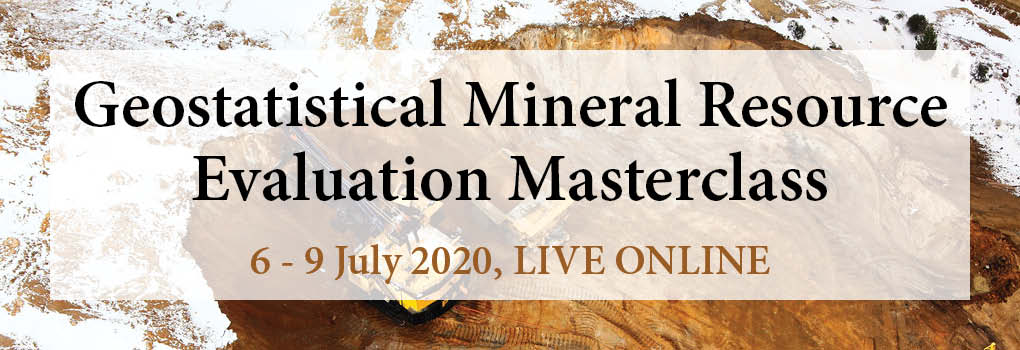BEST-IN-CLASS COURSE OVERVIEW!
This course covers a range of practical technical skills relating to the estimation of the grade and quantity of raw materials available for exploitation prior to mineral development and extraction. A consideration of the implications and problems associated with inversed distance estimation techniques provides a basis for examining the theory of geostatistical estimation techniques.
This includes the compilation of the experimental - and model semi-variograms and the application of model semi-variograms to point estimation. Geostatistical estimation and the principles of Ordinary Kriging are a natural extension to this topic. Testing the validity of the semi-variogram through the process of cross validation is a final section on the development of the theory of geostatistics. The estimation of average grades in selective mining units or blocks at different locations in an orebody provides a practical application for the theory established up to this point in the course.
Lectures presented in this course are coordinated with tutorials using illustrative examples in order to familiarize the student with the use of such methods. Course content and examples are drawn from a wide sweep of mining applications, from coal quality parameters through to the evaluation of precious metals.

After successful completion of this master class, you should be able to:
• Make decisions regarding samples as the basic data for numerous analyses, many of which have significant, far reaching financial implications for the company.
• Apply the notions of representative and correct sampling and the Theory of Sampling (Gy, 1979) in order to correctly establish and implement appropriate sampling protocols.
• Analyse mineral deposit sampling data using contemporary methods to provide an accurate and reliable estimate of the quantity and quality of the minerals present.
• Assess the implications and restrictions associated with inversed distance estimation techniques, and describe the theory underlying geostatistical estimation techniques. The student will be able to:
• Make decisions on the financial implications of the grade-tonnage curves on mining revenues and the importance of reporting mineral resources and ore reserves in compliance with internationally accepted codes of practice.
• Compile experimental - and model semi-variograms and apply such to point estimation.
Who Should Attend?
Professionals interested in the evaluation of mineral resources and reserves, including but not limited to the following:
• Exploration Geologists
• Production Geologists
• Resource Geologists
• Mine Planners / Planning Manager
• Mining Engineer / Engineering Manager
• Professionals interested in the evaluation of mineral resources and reserves
Like more information?
Email us at enquiry@equip-global.com

